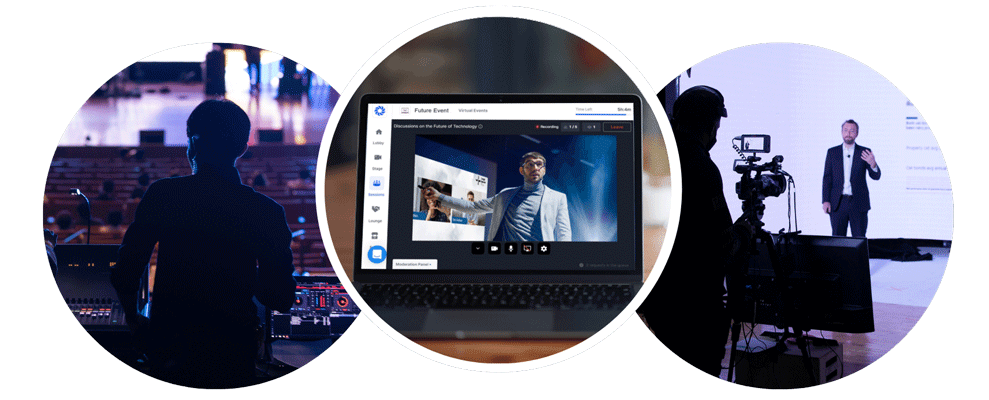Selecting the Ideal Dot Pitch for Maximum LED Display Efficiency

When it comes to light-emitting diode walls, a key important elements to consider is dot pitch. Pixel pitch refers to the space between the centers of two neighboring pixels on an light-emitting diode display. This metric is commonly expressed in mm. Understanding pixel pitch is essential because it directly affects the clarity and sharpness of the visuals displayed. A reduced pixel pitch means that the pixels are closer together, resulting to a higher resolution, while a bigger pixel pitch yields in a diminished resolution. Thus, selecting the appropriate pixel pitch is vital for achieving optimal LED wall functionality.
The choice of pixel pitch frequently depends on the viewing distance. For example, if the LED wall is meant to be seen from a further away, a larger pixel pitch may be suitable. This is due to the fact that the human eye cannot easily distinguish individual pixels when they are farther away. On the contrary hand, if the wall will be viewed up nearby, a smaller pixel pitch is needed. In scenarios such as inside events, where attendees are usually closer to the screen, a smaller pixel pitch will provide a crisper and more distinct image. Therefore, understanding how sight distance affects pixel pitch is critical to making an informed choice.
Another crucial factor is the intended use of the light-emitting diode wall. Various applications, such as promotion, concerts, or conference presentations, may necessitate varied pixel pitches. For example, an light-emitting diode wall used for advertising in a shopping center may gain from a pixel pitch that allows for lively colors and elevated detail so that it captures the attention of passing shoppers. Conversely, an outdoor LED wall used at a concert may prioritize brightness and visibility over resolution, permitting for a bigger pixel pitch. Therefore, the specific context in which an LED wall will be utilized is crucial for determining the appropriate pixel pitch.
Pricing is also a significant factor when selecting pixel pitch. Generally, LED displays with smaller pixel pitches tend to be more expensive due to the increased density of pixels and the advanced technology required for manufacturing. Although it may be tempting to choose a high-resolution display with a reduced pixel pitch, financial constraints often require a balance between quality and cost. Organizations should evaluate their needs and decide how much they are willing to spend in an light-emitting diode wall, ensuring that the pixel pitch aligns with their budgetary capabilities while still meeting functional expectations.
Ultimately, it is crucial to consider the maintenance and durability of the led wall functionality options LED wall when selecting pixel pitch. Displays with reduced pixel pitches can sometimes be more delicate and may require more careful handling and maintenance. Regular maintenance is necessary to ensure that the display functions optimally over time. Understanding the maintenance requirements and potential issues associated with different pixel pitches can assist organizations make a more knowledgeable choice. By considering all these elements, including viewing distance, intended use, budget, and maintenance, individuals can select the ideal pixel pitch for optimal LED wall functionality.